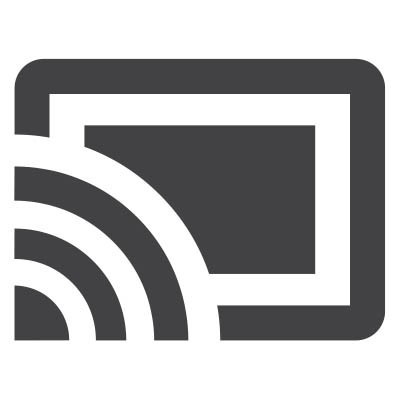We spend a lot of time on this blog discussing cybersecurity. Understanding the effects of full-scale cybersecurity attacks is useful, but will only motivate a person or business to do things that will work to keep their network secure. The problem is that when it comes to public computing resources, there isn’t enough being done.
ImageSys LLC Blog
The more successful your business is, the more files you have. These files need a storage facility. For decades, each file that needed to be kept would be printed off and stored in a file cabinet. Today, there are better solutions; and, since a lot of the work being done today is collaborative, file sharing has really moved to the digital age. Let’s help you do some things you need to do to maintain efficient file management systems.
Email is almost certainly the most well-known solution that your business uses, so most users probably feel as though they have a pretty good handle on it. However, many of them are probably making things more difficult for themselves - and taking more time than they need to on it. This week, we’ll go over some easy tips to make your use of email more efficient.
Today, keeping your network and computing infrastructure free from threats is the best way to control the security of your organization’s data. Any business that actively confronts their risks realizes early on that cybercrime has become a major problem that their business has to be kept insulated from. Unfortunately for many organizations, no matter how much your business spends on network security, all it takes is one misstep by someone who has access to your organization’s sensitive information to cause a major problem.
It feels like every week we learn about another big business or bank or municipality getting hacked, and the data of their customers getting stolen.
Big organizations are losing millions of dollars, forcing their hand to run damage control to millions of customers and deal with crushingly bad press. Beyond feeling a little numb to these cyberattacks (more on this in a moment), many small business owners might be feeling pretty lucky they don’t need to deal with these types of threats. Unfortunately, they are dead wrong.
Phishing has been gaining notoriety in cybersecurity circles, as it has been used quite successfully in a variety of business infiltrations and data breaches. Many of the more well-known cyberattacks of the last few years were enabled by phishing. In order to protect your business’ interests, you and your team need to be able to identify these social engineering attempts. We’ll go over a few ways to do so for this week’s tip.
It isn’t exactly news that businesses of all sizes need to be concerned about cyberthreats - especially since, as time passes, these threats have become more serious and insidious. Up until this point, there have been tried-and-true methods that businesses could leverage to stop these threats, but hackers are very clever when it comes to their attacks. What can a business do?
The way a business handles its network security typically defines what kind of problems come from their use of information systems. As a result, cybersecurity has become a major part of any forward-thinking organization’s IT strategy and has become a multi-hundred-billion dollar a year industry. Of course, it wasn’t always such a huge problem. The history of cybersecurity doesn’t go back very far, but since it has such a major impact, we thought it would be interesting to go back a couple decades and look at the brief history of the practice.
In today's technology dependent world, smartphones play a critical role. How much do you really know about these devices? Sure, the devices haven’t changed a whole lot in the past decade, but what has changed? Today, we take a look at how smartphone batteries have evolved, and what we will see in the future.
Not all that long ago, green technologies were known as such for two reasons: yes, they were beneficial to the environment, but they also came at great expense to the businesses leveraging them. This has recently changed. Now, businesses are seeing plenty of reasons to go green, from increased customer appreciation for conservation efforts and, yes, even cost savings.
Project management is key to the success of all businesses. Luckily, there are great software options that can do a lot for you, if used correctly. Today, we look at project management and share tips to help make sure you are using the software correctly, further organizing your business and success of projects.
As a business owner security should be of the utmost importance to you and your business. Adapting to the modern age means implementing different strategies to adapt to employee physical location, travelling employees, or even employees dealing with circumstantial dilemmas such as health problems or family matters. Whilst your business can experiment with different off-site methods, there should always be one constant: security.
When over 16 million people are scammed out of over $16 billion, there’s likely some type of problem that needs to be addressed. Famous con artist, Frank Abagnale, the man immortalized in Steven Spielberg’s Catch Me If You Can, a movie that was based off his own memoir, has been working as a security consultant with the Federal Bureau of Investigation for over 45 years. In that time, he has become an expert in cybersecurity and fraud prevention.
Google’s contribution to streaming, the Chromecast, is a nifty little device. While many might hear “streaming” and immediately think “consumer device,” the Chromecast can actually offer your business a few handy utilities as well. Here, we’ll go over four of them, as well as guide your through setting up (and if necessary, resetting) your Chromecast.




















